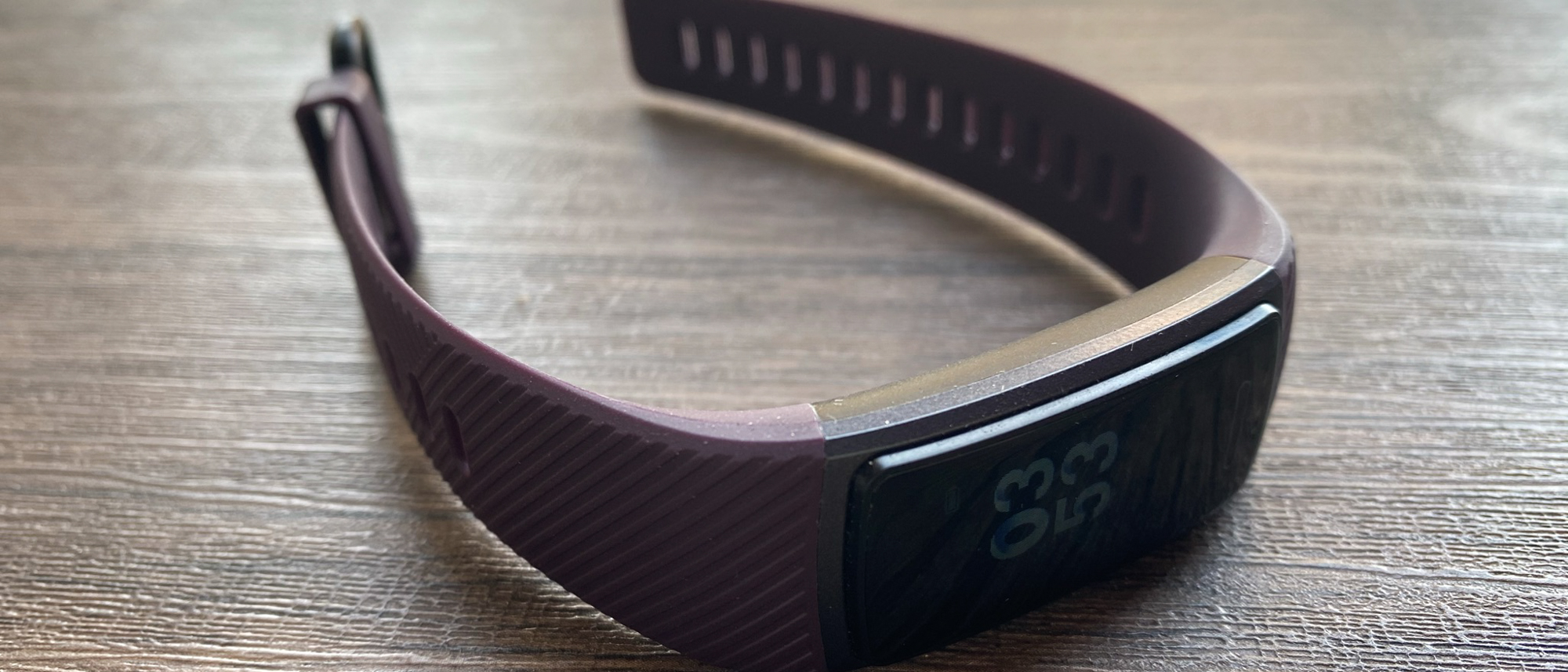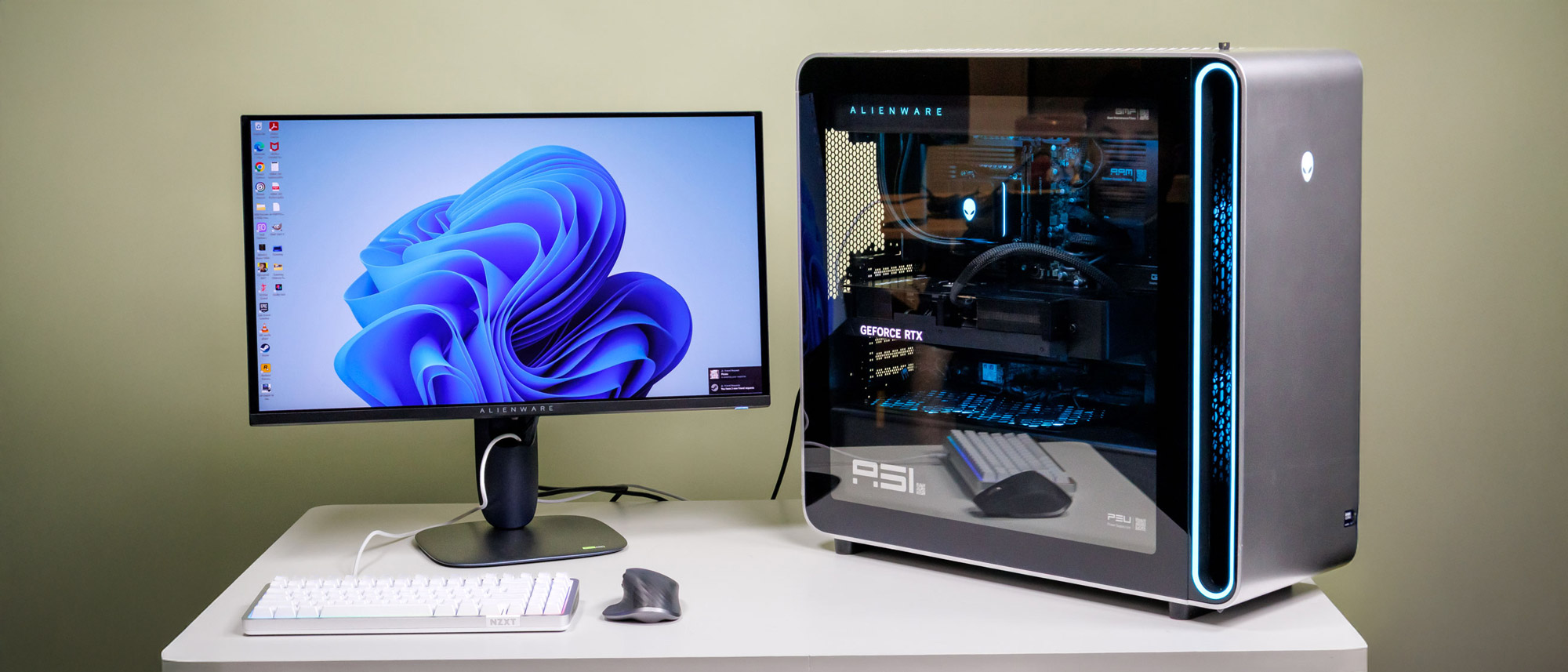Tom's Guide Verdict
While very cheap, the Letsfit ID152 fitness tracker’s fit on smaller wrists may lead to inaccurate results.
Pros
- +
Inexpensive
- +
Built-in charger
- +
Durable and water resistant
Cons
- -
Not super accurate
- -
Stiff/uncomfortable band
- -
Not easy to use from wrist alone
Why you can trust Tom's Guide
Size: 6.9 x 3.4 x 0.8 inches
Weight: 2.4 ounces
Display: TFT LCD 0.96 inches
Water resistance: IP68 (splash-resistant)
Heart rate monitor: Yes
GPS: No
At a glance, the Letsfit ID152 looks like it might make a great stocking stuffer—it's stylish and sporty, with a built-in heart rate monitor and a water-resistant design. It has decent battery life and a built-in USB charger, and it also supports notifications from your phone. Oh, and it's only $25.99, so it's basically a steal.
But before you go out and buy an armful, remember that budget fitness trackers are usually cheap for a reason, as I discovered during my Letsfit ID152 fitness tracker review. How low can you go before it's just not worth it?
Letsfit ID152: Price and availability
The Letsfit ID152 fitness tracker has been on sale since August 2019; it can be found for $25.99 at a number of major retailers. It’s available in black, blue, pink, and purple, though supplies of certain colors may be limited.
Letsfit ID152 review: Design
The Letsfit ID152 has a slim, sporty design similar to the Fitbit Charge 4. It has a long, rectangular 0.96-inch screen, a two-part strap (in black, blue, pink, or purple), and a built-in heart rate monitor and USB charging plug. The built-in USB charging plug is particularly convenient—it's located on one end of the device, under the strap (to use it, you pull the strap off and plug the device directly into a USB port).
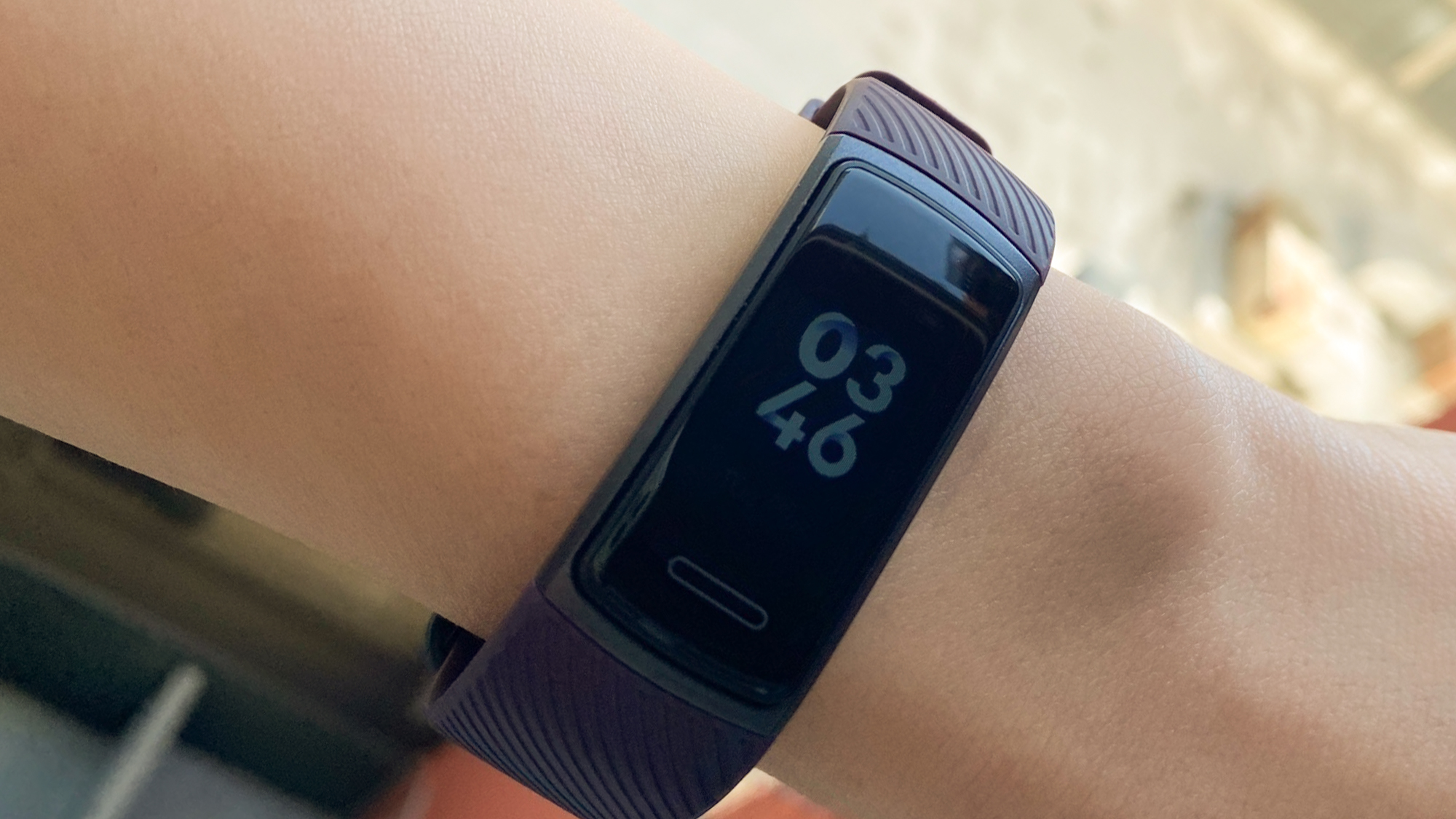
The ID152's screen looks pretty good. It's bright enough to see in daylight, with crisp text and vibrant colors. It's not a touchscreen, but is instead controlled by a touch-sensitive "button" area near the bottom. The button recognizes short and long presses; short taps scroll through the ID152's menus and long presses let you go deeper into stats and workouts.
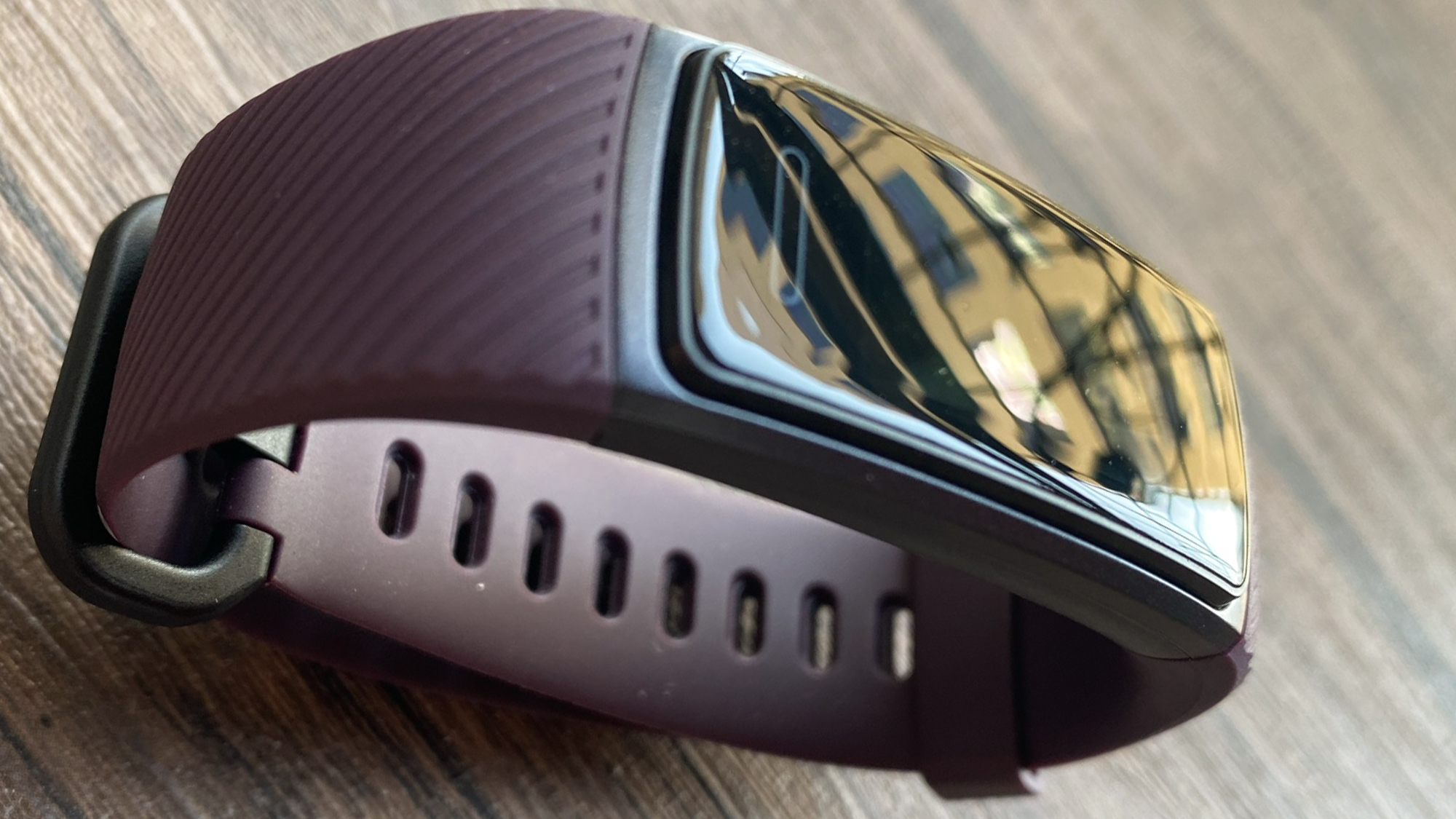
The ID152's strap is pretty stiff, and it didn't soften up much even after non-stop wearing for several weeks. While this probably won't be a dealbreaker for most people, I have an extremely small wrist—the stiffness combined with the length of the device meant this tracker was not only somewhat uncomfortable, it also slipped around quite a bit on my wrist (which may have affected the device's accuracy when tracking certain metrics). The device only comes with one type of strap and any replacements would need to be custom-made (plus, it's a budget tracker—if you don't like the strap, it's not for you).
Letsfit ID152 review: Fitness tracking
It's not really a secret that accuracy tends to be the biggest issue with budget fitness trackers. Unfortunately, the ID152 isn't an exception here—the accuracy just wasn't there, though some of this may have been related to how the device fit (or, rather, didn't fit) my wrist.
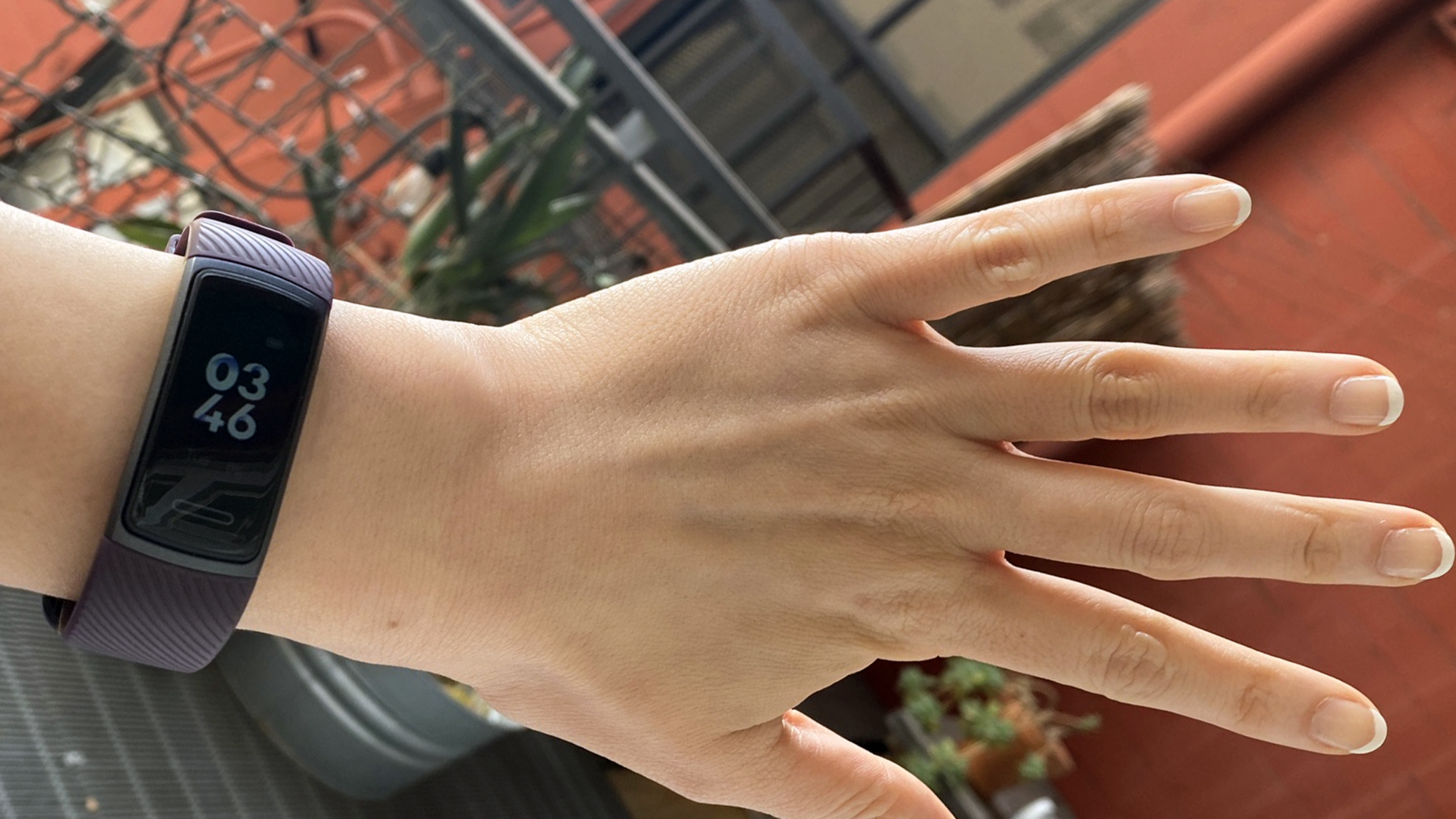
The ID152 tracks the usual fitness metrics (steps, calories, distance), as well as sleep and heart rate. It has several sport/workout modes, but you can only have three of these modes active on the watch at one time—you can choose which three using Letsfit’s app (called VeryFitPro). Some of the activity modes, such as walk, run, and bike, can also use GPS data through your phone.
The ID152 didn't do a great job with tracking step count or distance—it underreported on both, but it did so somewhat consistently. You actually can adjust your stride length for the ID152 in the app, but it still underreported my steps even after I tweaked it several times.
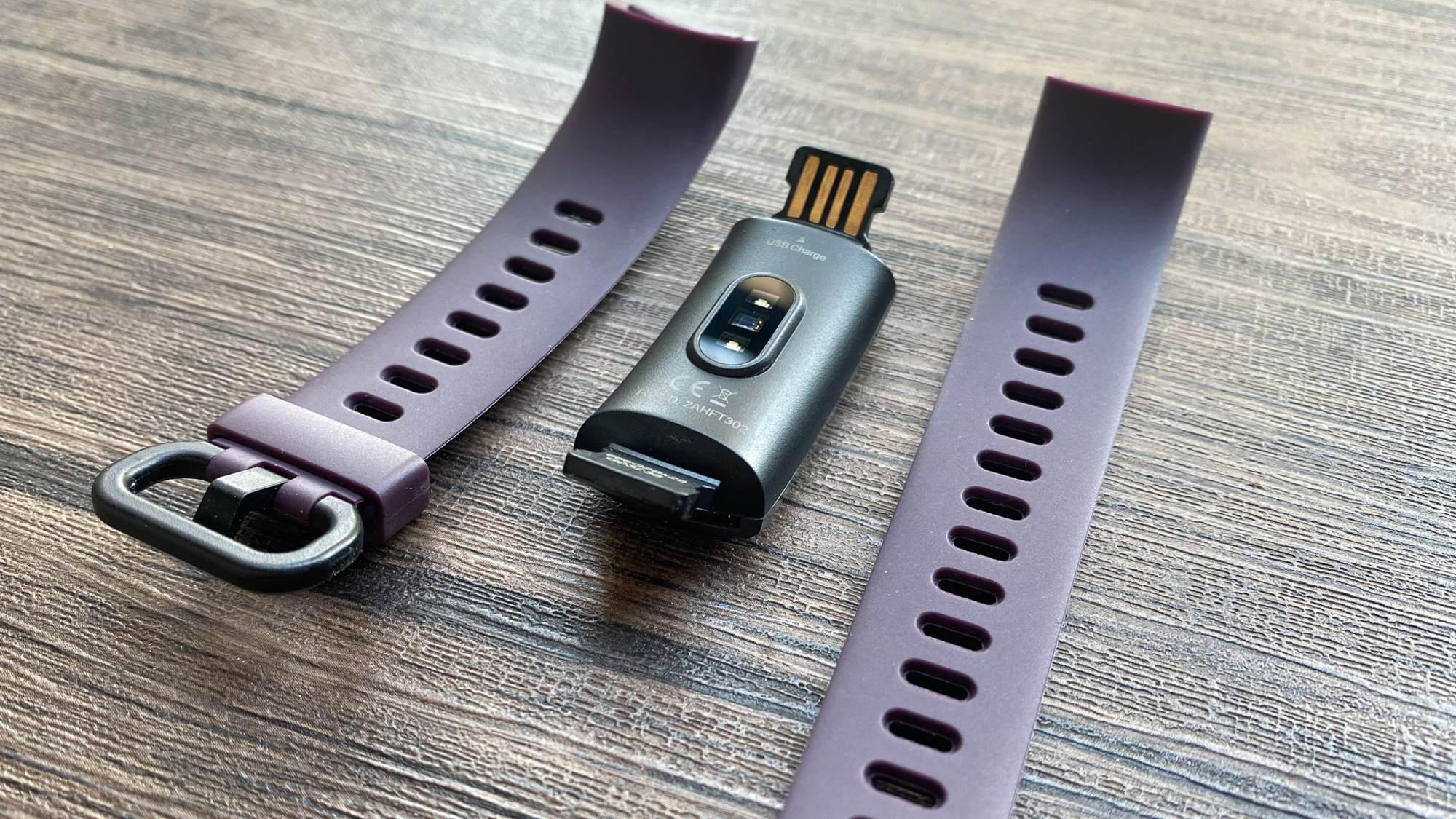
The ID152 has a built-in heart rate monitor, which can be set up to detect your heart rate automatically throughout the day (you can also turn this off to preserve battery life). Its heart rate tracking wasn't completely off base all the time—the ID152 managed to report the same heart rate measurement as my other heart rate monitors (Apple Watch 6, a wrist-based blood pressure monitor, and manually checking my pulse) maybe 70 percent of the time; the rest of the time it reported my heart rate to be strangely high. I think this may have been partly related to how the device fit my wrist, because it wasn't always snug against my skin. But it also reported my heart rate to be 150bpm a few times when I wasn't even wearing the device, so, who knows.
Sleep tracking is usually the weakest tracker on any device, so terrible sleep tracking isn't a problem for me (especially since I have a non-traditional sleep schedule). The ID152 wasn't great at sleep tracking, because it didn't seem to recognize things like naps, or sleeping during non-traditional hours, or even sleeping during traditional hours much of the time. However, the few times I did manage to get sleep-tracking to work, it seemed to be pretty accurate as far as noting when I fell asleep, when I woke up, and my restless moments throughout the night.
Letsfit ID152: App and other features
The Letsfit ID152 connects to your phone via the VeryFitPro app (available on both iOS and Android). This is the same app that connects to other Letsfit fitness trackers and smartwatches. The ID152 has a pretty limited menu on the device itself, so you will need to use the app to access the device's settings and to turn on notifications and alerts.
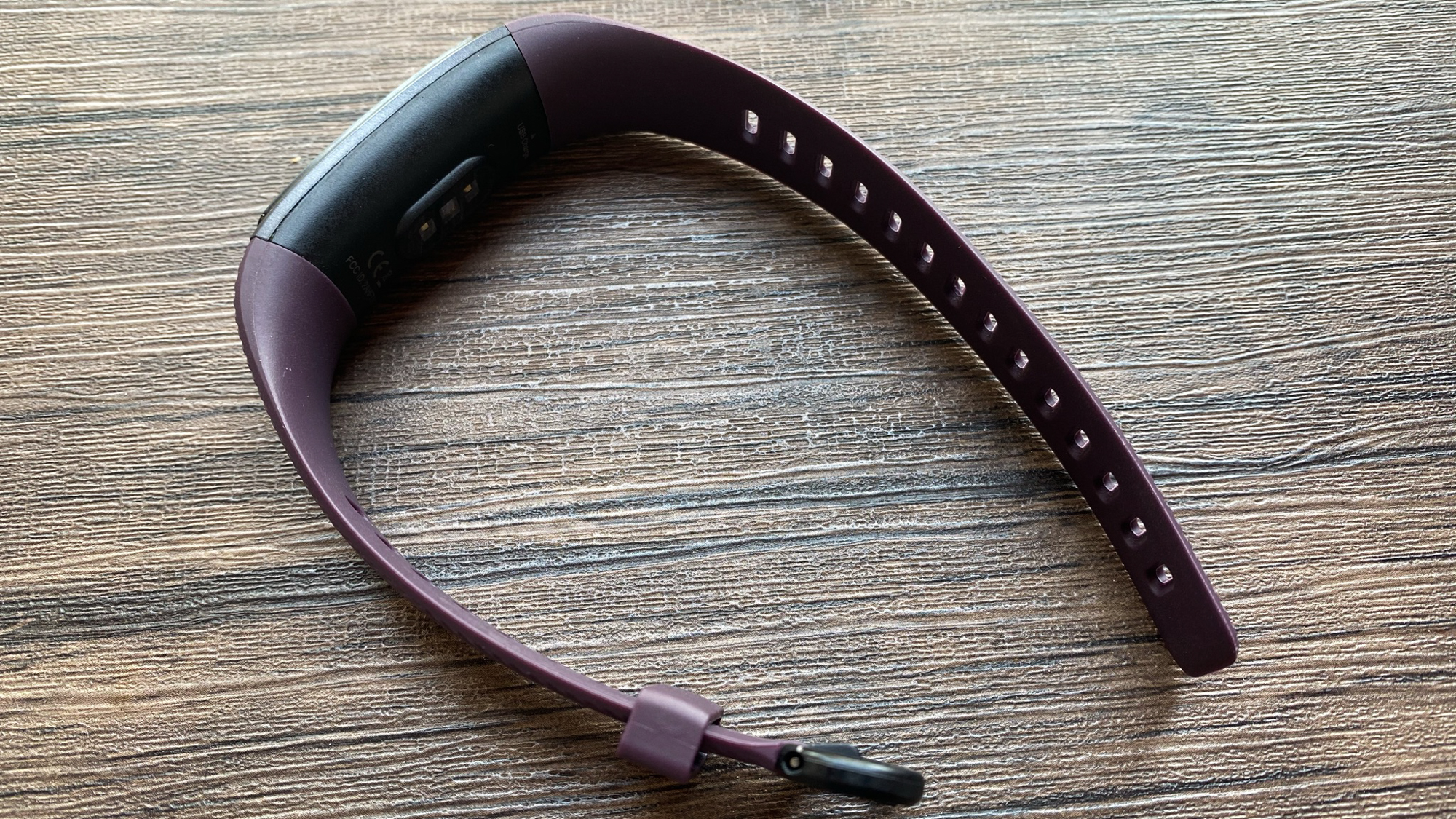
The ID152 offers push notifications for incoming calls, texts, emails, and a number of third-party messaging apps and social networks. This is a pretty nice feature for a budget fitness tracker, even if the implementation could use some work. The notifications appear on the ID152's screen but disappear as soon as you tap the touch-sensitive button, so they're pretty easy to accidentally tap through. The ID152 also offers alarm alerts, but alarms need to be set up within the app (it won't grab alarms from your phone). You can toggle alarms on or off from the device.
There are a handful of settings in the app that make sense, such as stride length, device language, watch face, etc. But there are also a few that I would prefer be directly on the device itself, such as screen brightness and do-not-disturb mode—it's a huge hassle to have to open up the app every time you want to turn on do-not-disturb. There's also a feature that allows you to control your device's camera shutter from the device, but this also must be opened from within the app. I suppose being able to control your phone's camera shutter from your wrist is better than not being able to do it all, but I didn't find this feature to be any more convenient than just setting a timer or using a cheapie shutter remote app.
Letsfit ID152: Battery life
Letsfit estimates that the ID152 fitness tracker will last about 10 days on a charge. I found it lasted about two weeks with normal use. Charging takes a little over an hour.
Letsfit ID152: Verdict
There are several things I like about the ID152, including its attractive (if not terribly comfortable) design, its relatively light weight (the ID152 is about 24 grams, which is 6 grams lighter than the Fitbit Charge 4), and the fact that it supports notifications for a bunch of apps, including Line, Whatsapp, Wechat, Skype, Viber, and Facebook Messenger.
But it's hard to recommend a fitness tracker with such a hit-or-miss tracking record. I suspect most of my problems arose from the fact that it was simply too large for my wrist, but the strap’s inflexibility and the lack of smaller straps will make this an issue for other people like me.
Among the best cheap fitness trackers, the Wyze Band and the Xiaomi Mi Band 4, both of which cost roughly the same as the Letsfit ID152, have better displays and more features—and are better at fitness tracking.
Wellness Week on Tom's Guide
Wellness Week is brought to you in association with our new sister site Fit&Well. A new standard for a new age of wellbeing, Fit&Well helps you live a better, healthier, happier and longer life. Check it out today at www.fitandwell.com and accelerate your wellness journey.
Sarah is a hardware enthusiast and geeky dilettante who has been building computers since she discovered it was easier to move them across the world — she grew up in Tokyo — if they were in pieces. She's currently senior editor at our sister site Tom's Hardware and is best-known for trying to justify ridiculous multi-monitor setups, dramatically lowering the temperature of her entire apartment to cool overheating components, typing just to hear the sound of her keyboard, and playing video games all day "for work." She's written about everything from tech to fitness to sex and relationships, and you can find more of her work in PCWorld, Macworld, TechHive, CNET, Gizmodo, PC Gamer, Men's Health, Men's Fitness, SHAPE, Cosmopolitan, and just about everywhere else. In addition to hardware, she also loves working out, public libraries, marine biology, word games, and salads. Her favorite Star Wars character is a toss-up between the Sarlacc and Jabba the Hutt.
